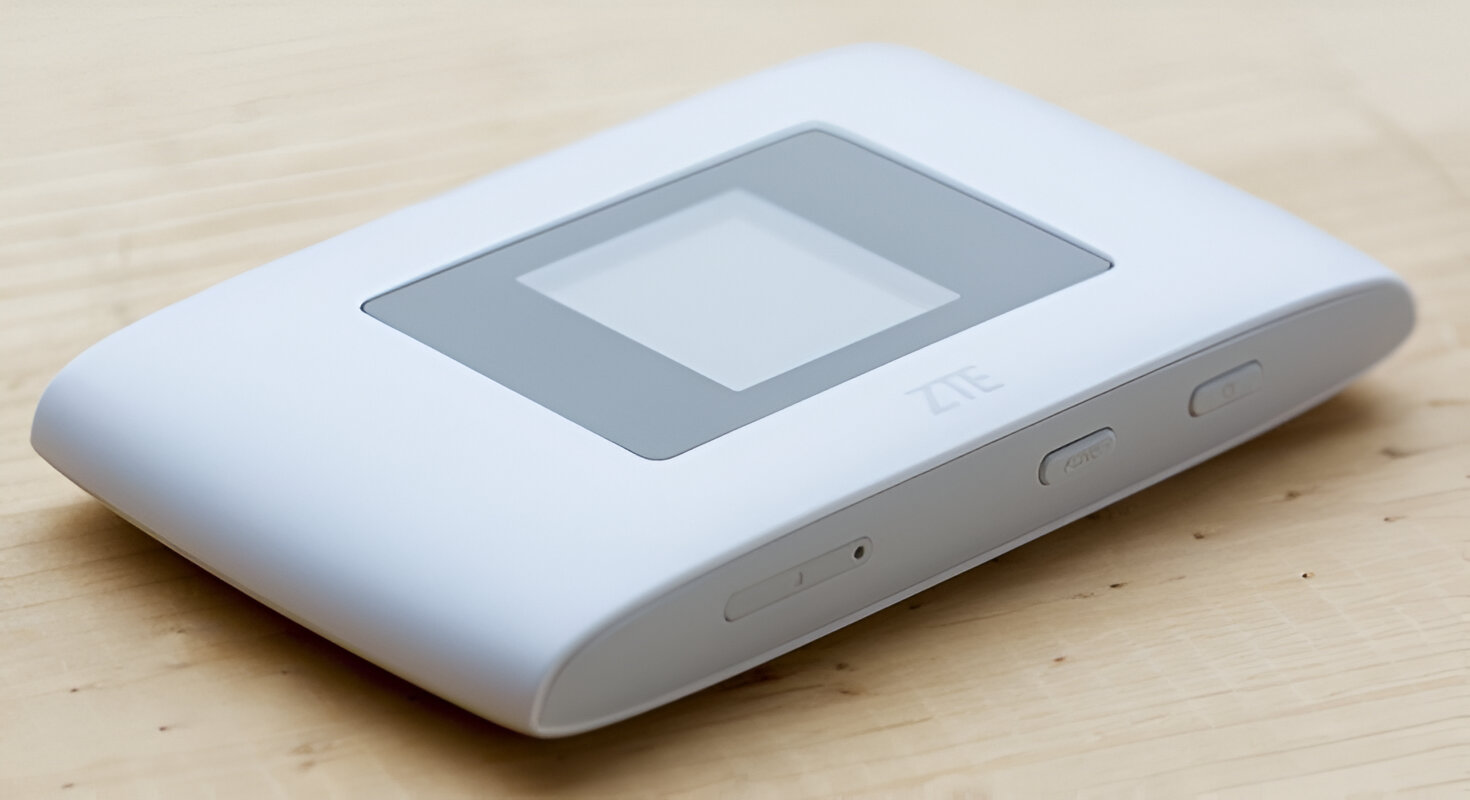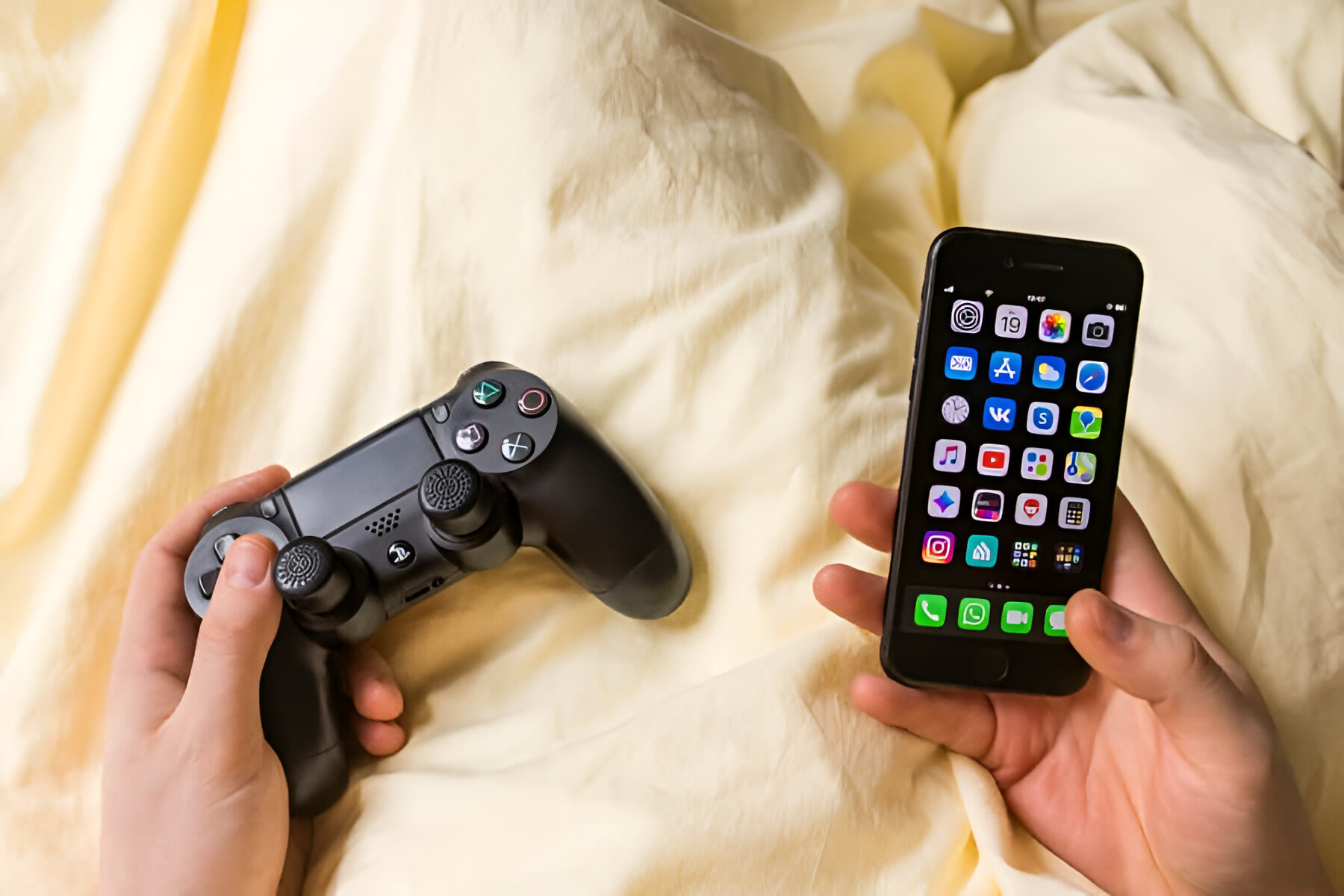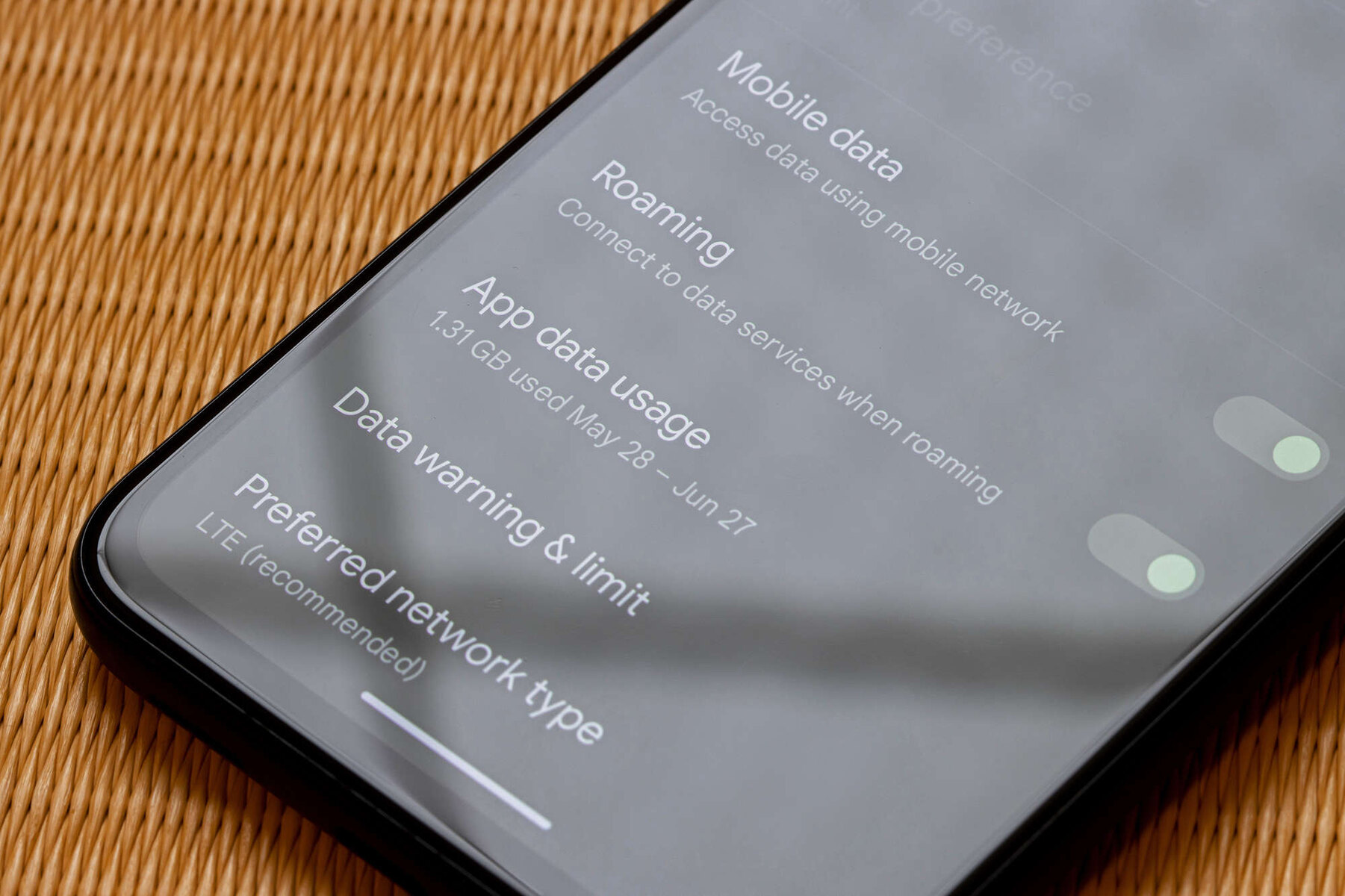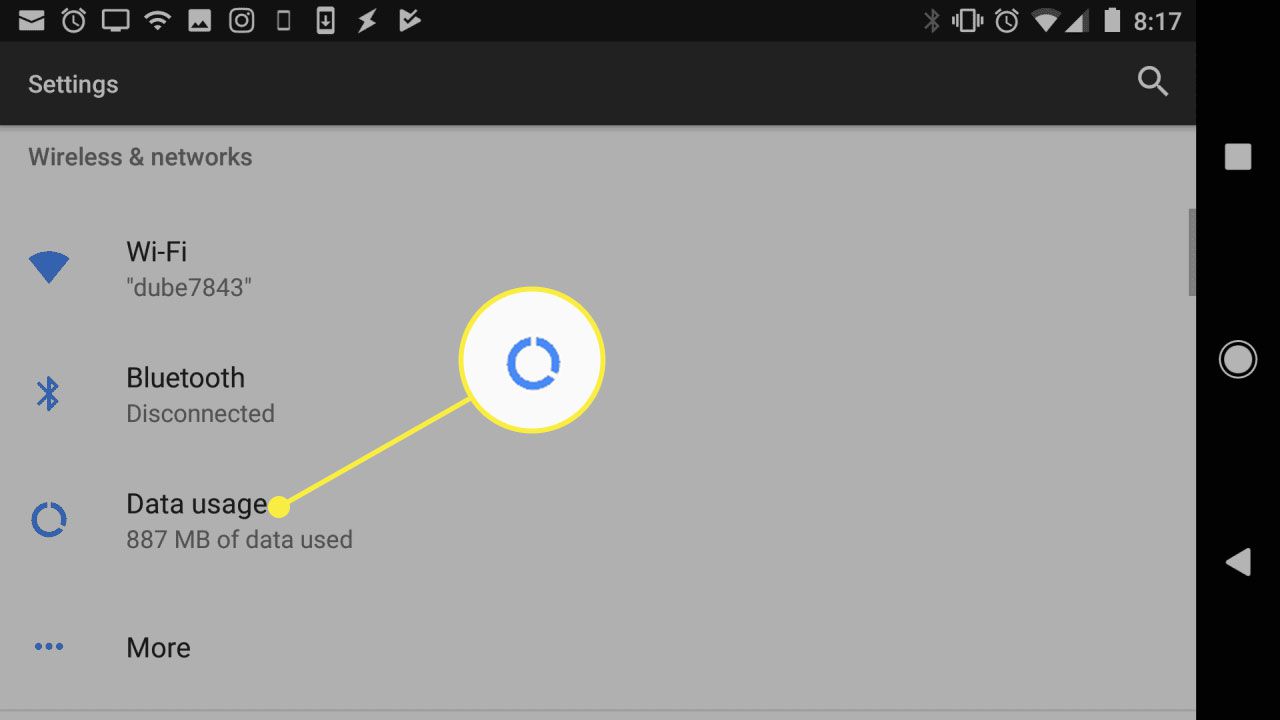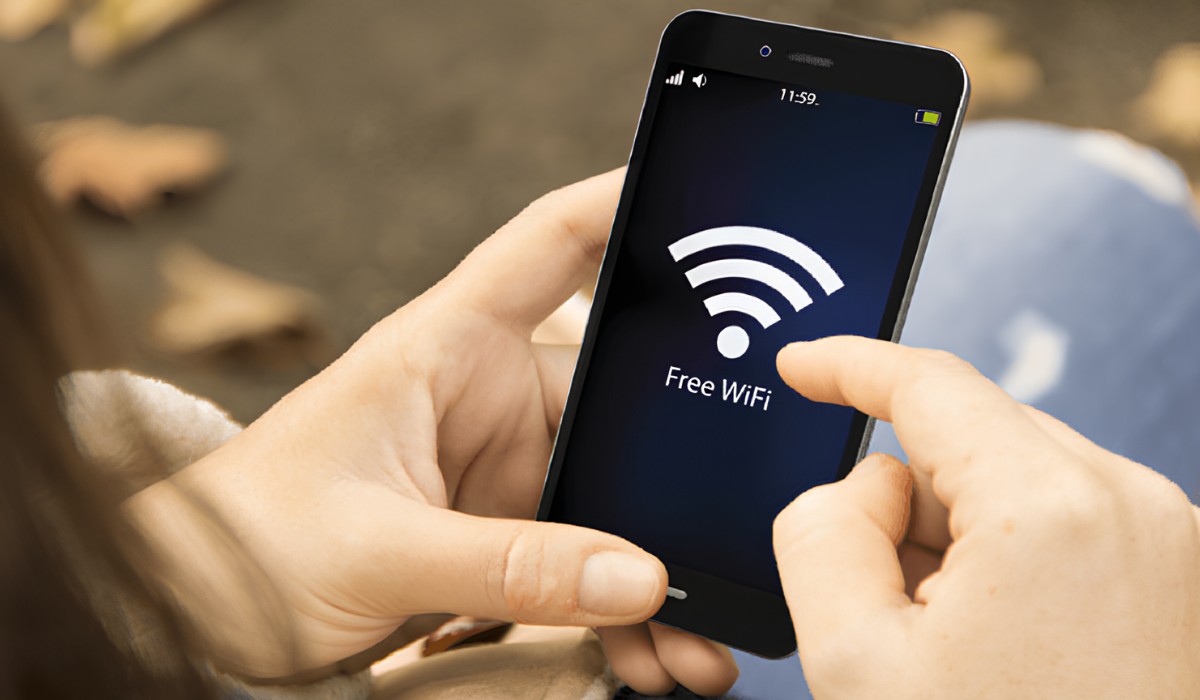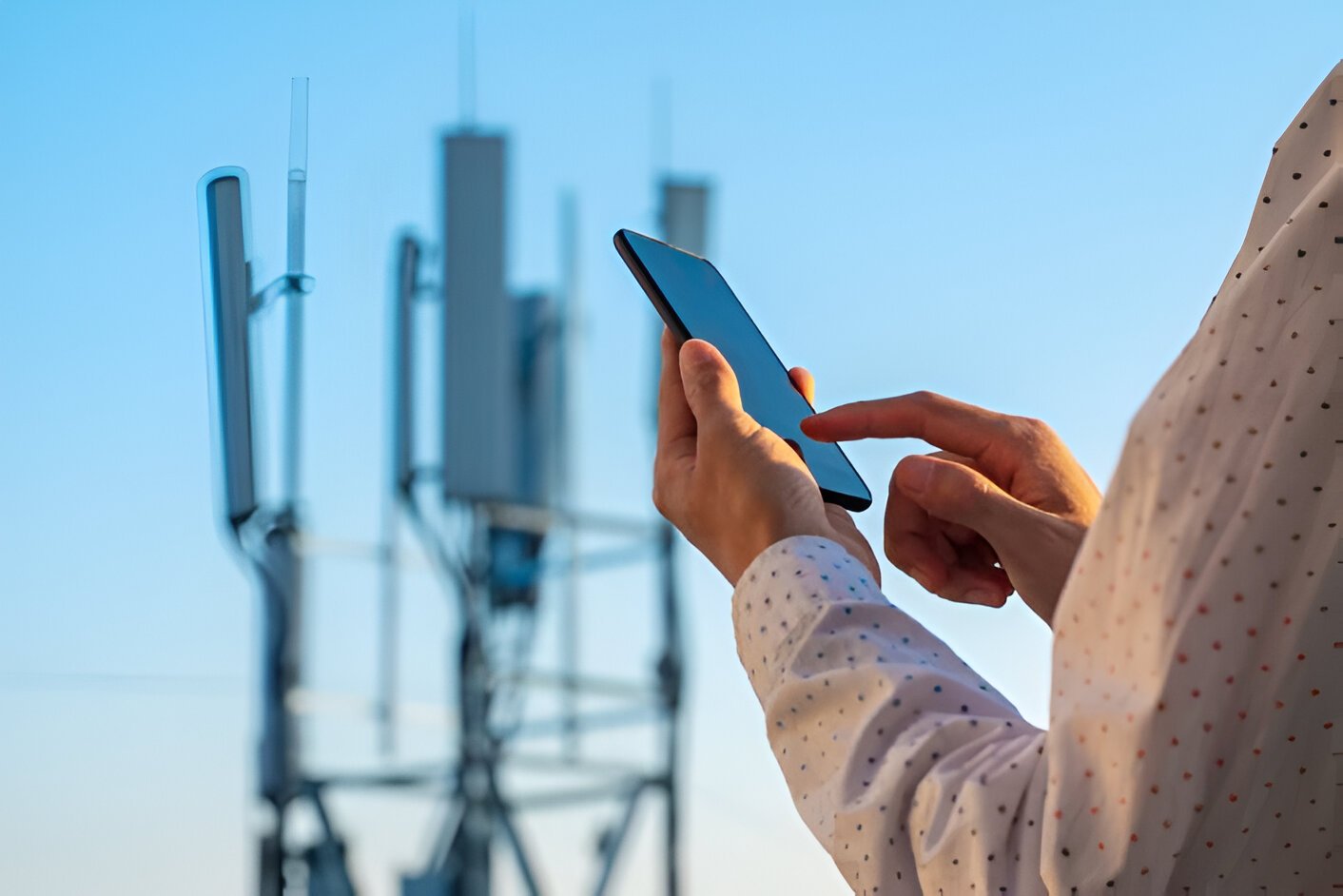What is a Personal Hotspot?
A personal hotspot, also known as a mobile hotspot, is a feature available on many smartphones and cellular-enabled tablets. It allows you to share your device's cellular data connection with other devices, such as laptops, tablets, and other smartphones. This feature essentially turns your mobile device into a portable Wi-Fi hotspot, providing internet connectivity to multiple devices simultaneously.
When you activate the personal hotspot feature on your device, it creates a Wi-Fi network that other devices can connect to. This can be incredibly useful in situations where traditional Wi-Fi networks are unavailable or unreliable, such as when traveling or in areas with limited internet access.
Personal hotspots are especially valuable for individuals who need to stay connected while on the go, such as business professionals, students, and remote workers. By utilizing the cellular data connection of your mobile device, you can ensure that you and your devices remain connected and productive regardless of your location.
In essence, a personal hotspot offers the convenience of a portable internet connection, allowing you to extend your device's connectivity to other devices, thereby enabling seamless access to the internet wherever you are.
Activating Your Personal Hotspot
Activating the personal hotspot feature on your mobile device is a straightforward process that can empower you to share your cellular data connection with other devices. Whether you're using an iPhone, Android device, or another compatible device, the steps for activating the personal hotspot feature are generally similar.
On an iPhone, you can activate the personal hotspot feature by navigating to the "Settings" app and selecting "Personal Hotspot." From there, you can toggle the personal hotspot feature on and off. You also have the option to set up your personal hotspot using Wi-Fi, Bluetooth, or USB. When activating the personal hotspot, it's essential to ensure that your cellular data plan supports this feature, as some carriers may require an additional subscription or charge for hotspot usage.
For Android devices, the exact steps for activating the personal hotspot feature may vary slightly depending on the device manufacturer and model. However, the general process typically involves accessing the device's settings, locating the "Network & Internet" or "Connections" section, and selecting "Hotspot & Tethering" or a similar option to enable the personal hotspot feature. Similar to iPhones, Android users should also verify their cellular data plan's compatibility with hotspot usage.
It's important to note that activating the personal hotspot feature may consume additional data from your cellular data plan, so it's advisable to monitor your data usage to avoid unexpected charges. Additionally, some carriers may have specific requirements or limitations for personal hotspot usage, so it's beneficial to review your carrier's policies and guidelines regarding this feature.
Once activated, your personal hotspot will broadcast a Wi-Fi network that other devices can connect to. You can customize the hotspot's network name and password to enhance security and control access to your hotspot. By following the activation process specific to your device and ensuring compliance with your cellular data plan, you can harness the convenience and flexibility of the personal hotspot feature to stay connected and productive wherever you go.
Setting Up Password and Security
Setting up a strong password and implementing robust security measures for your personal hotspot is crucial to safeguarding your data and controlling access to your shared internet connection. When configuring the password and security settings for your personal hotspot, you are effectively establishing barriers to unauthorized access while ensuring that your connected devices remain protected.
Upon activating your personal hotspot, it is essential to set up a unique and complex password to prevent unauthorized users from connecting to your network. A strong password typically consists of a combination of uppercase and lowercase letters, numbers, and special characters, making it challenging for potential intruders to guess or crack. By creating a secure password, you can fortify your personal hotspot against unauthorized access attempts, thereby preserving the integrity of your internet connection and data.
In addition to setting up a robust password, you can enhance the security of your personal hotspot by implementing encryption protocols. Most modern devices offer the option to enable WPA2 (Wi-Fi Protected Access 2) or WPA3 encryption, which provides a secure framework for transmitting data over your hotspot network. Encryption plays a pivotal role in safeguarding the information transmitted between your connected devices and the personal hotspot, shielding it from interception and unauthorized monitoring.
Furthermore, it is advisable to periodically review and update the password for your personal hotspot to mitigate the risk of unauthorized access. By changing the password at regular intervals, you can bolster the security of your hotspot network and minimize the likelihood of unauthorized individuals gaining entry. This proactive approach to password management contributes to the overall resilience of your personal hotspot's security posture.
Moreover, consider enabling additional security features such as MAC (Media Access Control) address filtering, which allows you to specify the devices permitted to connect to your personal hotspot based on their unique MAC addresses. This added layer of security empowers you to exert granular control over the devices authorized to access your hotspot, further fortifying your network against unauthorized connections.
By diligently configuring a strong password, implementing encryption protocols, and leveraging supplementary security measures, such as MAC address filtering, you can establish a robust security framework for your personal hotspot. These proactive security measures not only safeguard your sensitive data but also provide peace of mind as you share your internet connection with other devices, ensuring a secure and seamless connectivity experience.
Connecting Devices to Your Personal Hotspot
Connecting devices to your personal hotspot is a straightforward process that enables seamless access to the internet using the shared cellular data connection of your mobile device. Whether you're using a laptop, tablet, or another smartphone, the ability to connect multiple devices to your personal hotspot empowers you to stay connected and productive in various settings, including on the go or in locations where traditional Wi-Fi networks may be unavailable or unreliable.
To begin the process of connecting a device to your personal hotspot, access the Wi-Fi settings on the device you wish to connect. Here, you should see a list of available Wi-Fi networks, including your personal hotspot. Select your personal hotspot from the list and enter the password you configured during the setup process. Once the correct password is entered, the device will establish a connection to your personal hotspot, enabling access to the internet using your mobile device's cellular data.
It's important to note that the number of devices you can connect to your personal hotspot may be limited by your device's capabilities and your cellular data plan. Some carriers impose restrictions on the maximum number of devices that can simultaneously connect to a personal hotspot, so it's advisable to familiarize yourself with your carrier's guidelines and limitations.
Additionally, as you connect devices to your personal hotspot, it's essential to monitor your data usage to avoid exceeding the limits of your cellular data plan. Streaming media, downloading large files, and other data-intensive activities can quickly consume data, potentially leading to additional charges or throttled data speeds if you surpass your plan's limits. Therefore, it's prudent to use your personal hotspot judiciously and prioritize essential tasks to manage your data usage effectively.
Moreover, when connecting devices to your personal hotspot, it's beneficial to consider the security implications. Ensure that the devices you connect are protected by up-to-date security software and that you're connecting to trusted networks to mitigate the risk of unauthorized access or security breaches.
By following these steps and considerations, you can seamlessly connect devices to your personal hotspot, enabling reliable internet access for your connected devices while maintaining awareness of your data usage and prioritizing security. This capability empowers you to leverage your mobile device's cellular data connection to extend connectivity to other devices, ensuring consistent access to the internet in various scenarios.
Monitoring Data Usage
Monitoring data usage is a critical aspect of utilizing a personal hotspot, as it enables you to stay informed about the consumption of your cellular data and avoid potential overages or throttling. By vigilantly tracking your data usage, you can make informed decisions regarding your internet usage, ensuring that you remain within the limits of your cellular data plan while maximizing the utility of your personal hotspot.
One of the primary methods for monitoring data usage on your mobile device is to access the built-in data usage tracking features provided by the device's operating system. Both iOS and Android devices offer native tools that allow you to view detailed breakdowns of your data usage, including the amount of data consumed by individual apps and services. By regularly reviewing these data usage reports, you can identify which apps or activities are consuming the most data, enabling you to adjust your usage patterns accordingly.
Furthermore, many mobile carriers offer dedicated mobile apps or online account portals that provide real-time insights into your data usage. These tools often allow you to set data usage alerts or limits, empowering you to proactively manage your data consumption and receive notifications when approaching predefined thresholds. Leveraging these carrier-provided resources can enhance your ability to monitor and regulate your data usage, preventing unexpected charges and optimizing the efficiency of your personal hotspot.
In addition to utilizing native device features and carrier-provided tools, third-party apps designed for monitoring data usage can offer valuable insights and additional functionality. These apps often provide customizable data usage alerts, detailed breakdowns of data consumption, and historical usage trends, empowering you to gain a comprehensive understanding of your data usage habits and take proactive measures to control and optimize your internet usage.
When monitoring data usage, it's essential to consider the specific activities that contribute to data consumption, such as streaming media, downloading large files, and using data-intensive applications. By being mindful of these activities and their associated data usage, you can make informed choices about when and how to utilize your personal hotspot, ensuring that your data usage aligns with your needs and priorities.
By actively monitoring your data usage and leveraging the available tools and resources, you can effectively manage your cellular data consumption while harnessing the convenience and flexibility of your personal hotspot. This proactive approach enables you to make informed decisions about your internet usage, ensuring that you maximize the value of your cellular data plan and maintain a seamless connectivity experience across your connected devices.
Tips for Maximizing Personal Hotspot Efficiency
-
Optimize Device Placement: Position your mobile device in a central location to ensure optimal Wi-Fi signal distribution. Avoid physical obstructions and interference sources that can impede signal strength, thereby enhancing the overall connectivity and performance of your personal hotspot.
-
Limit Background Data Usage: Disable background data for non-essential apps on connected devices to conserve data and prioritize essential tasks. This can prevent unnecessary data consumption and contribute to more efficient utilization of your personal hotspot.
-
Utilize Data-Saving Features: Many smartphones offer data-saving features that compress and optimize data usage, reducing the amount of data transmitted over your personal hotspot. Activate these features to maximize efficiency and prolong the availability of your cellular data.
-
Employ Wi-Fi Assist: If using an iPhone, consider enabling Wi-Fi Assist to seamlessly switch to cellular data when the Wi-Fi signal is weak. This ensures a consistent internet connection and minimizes disruptions when utilizing your personal hotspot.
-
Update Device Software: Regularly update the operating system and firmware of your mobile device to benefit from performance enhancements, bug fixes, and security improvements. Updated software can contribute to a smoother and more efficient personal hotspot experience.
-
Monitor Signal Strength: Periodically check the Wi-Fi signal strength on connected devices to identify areas with poor reception. Adjust the placement of your mobile device or connected devices to optimize signal strength and improve overall connectivity.
-
Disconnect Unused Devices: When not in use, disconnect devices from your personal hotspot to conserve data and bandwidth. This practice prevents unnecessary data consumption and ensures that resources are allocated efficiently to active devices.
-
Leverage Data Compression Tools: Explore the use of data compression tools and browser extensions on connected devices to reduce data usage when accessing web content. These tools can help minimize data consumption without compromising the browsing experience.
-
Consider Offline Access: Download essential content, such as documents, maps, and media, for offline access on connected devices. This reduces the reliance on continuous data connectivity and can be particularly beneficial when utilizing your personal hotspot in areas with limited coverage.
-
Opt for Wi-Fi-Enabled Devices: When possible, prioritize using Wi-Fi-enabled devices that are optimized for efficient data usage. Wi-Fi-enabled devices are designed to minimize data consumption, making them well-suited for connectivity through a personal hotspot.
By implementing these tips, you can maximize the efficiency of your personal hotspot, ensuring that you make the most of your cellular data while maintaining a reliable and seamless internet connection across your connected devices.










